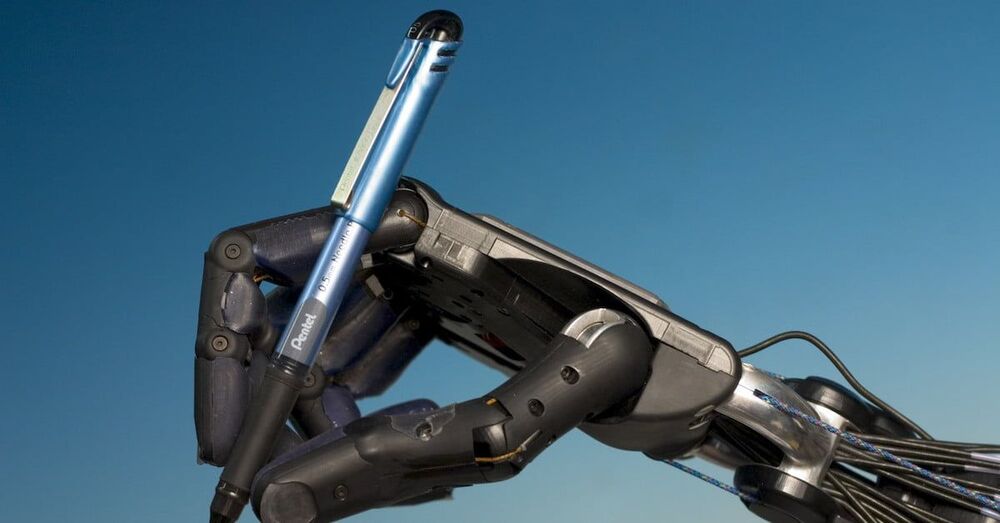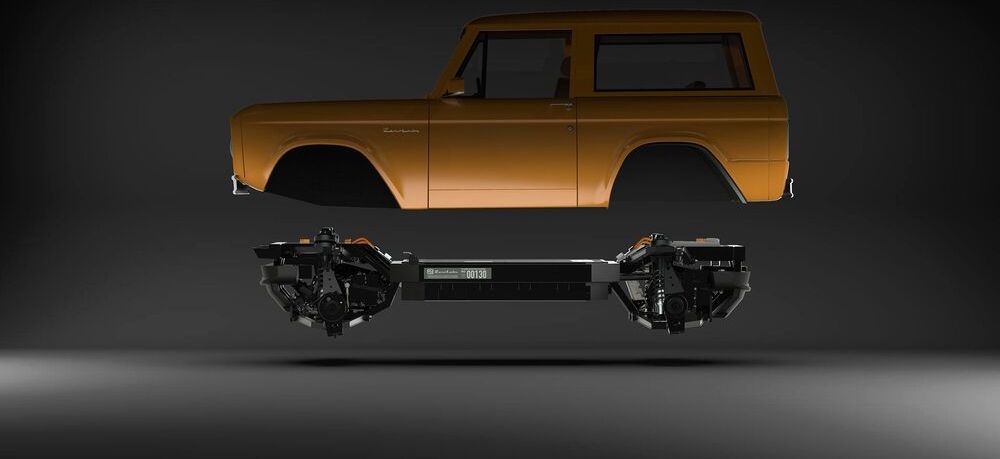Remember when the idea of a robotic hand was a clunky mitt that could do little more than crush things in its iron grip? Well, such clichés should be banished for good based on some impressive work coming out of the WMG department at the U.K.’s University of Warwick.
If the research lives up to its potential, robot hands could pretty soon be every bit as nimble as their flesh-and-blood counterparts. And it’s all thanks to some impressive simulation-based training, new A.I. algorithms, and the Shadow Robot Dexterous Hand created by the U.K.-based Shadow Robot Company (which Digital Trends has covered in detail before.)
Researchers at WMG Warwick have developed algorithms that can imbue the Dexterous Hand with impressive manipulation capabilities, enabling two robot hands to throw objects to one another or spin a pen around between their fingers.







